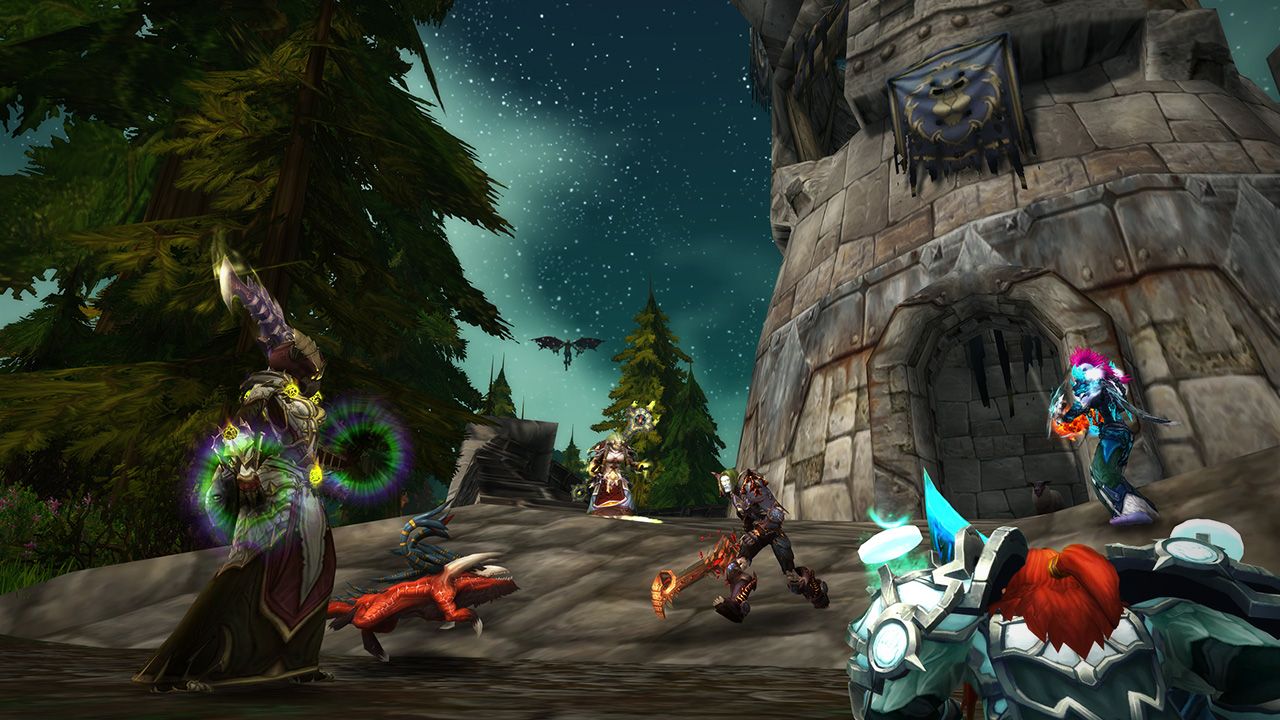

Everyone contributed of their own free will.

(35:25-28)Īll the men and women were moved from the “heart” or from their inmost selves to make a contribution of materials for the work that YHWH, “by the hand” or through the agency of Moses, had commanded to be done. They also contributed spices for the anointing oil and the fragrant incense, and oil (olive oil) for the lamps on the lampstand. The leaders of the people brought the precious and semiprecious stones to be used for the ephod and the breastpiece of Aaron the high priest.

Skilled (literally, “wise of heart”) women did the spinning and brought the products of their work (blue, purple, and scarlet material or yarns, fine linen, and spun goats’ hair). Additionally, the men brought blue (blueish purple), purple (reddish purple), and scarlet material or yarn, fine linen, goats’ hair, tanned or red rams’ skins, and other animal skins ( táchash), silver, copper or bronze, and acacia wood. The Septuagint, however, indicates that the men brought ornaments from the women or from their wives. According to the Hebrew text, both men and women came, bringing various kinds of gold ornaments. All the people who were stirred in their hearts or their inmost selves and whose “spirit” or impelling motivation moved them brought YHWH’s offering to be used for the “tent of meeting” or tabernacle and its services and for the priestly garments. (35:10-19)Īfter the people left Moses’ presence, they decided what they could contribute. The following were all the items that had to be made in keeping with YHWH’s commands: the tabernacle with its frames, coverings, hooks, bars, pillars, and bases the ark of the covenant with its carrying poles, the curtain separating the Holy from the Most Holy, the table for the showbread with its carrying poles and all the utensils for the table, the showbread, the lampstand with its utensils and lamps, the oil for the lamps, the altar of incense with its carrying poles, the anointing oil, the fragrant incense, the screen for the entrance of the tabernacle, the altar of burnt offering with its copper or bronze grating and its carrying poles, all the altar utensils, the basin to be filled with the water the priests needed for washing, the base of the basin, the hangings of the courtyard and its pillars and bases or sockets, the screen for the entrance of the courtyard, the pegs to which the outer tabernacle covering and the courtyard hangings would be attached by cords, these cords, and the garments for Aaron and his sons when performing their priestly service. The reference to “everyone wise of heart” applies to men who had the skills to construct the tabernacle, its furnishings and utensils, and garments for the priests. The needed materials were: gold, silver, copper or bronze blue (or blueish purple), purple (or reddish purple), and scarlet material or yarn fine twisted linen, goats’ hair, tanned (or red) rams’ skins, other animal skins ( táchash ), acacia wood (decay-resistant wood ), olive oil for the lamps on the lampstand, spices for the anointing oil and for the incense, and precious and semiprecious stones for the ephod and for the breastpiece. This command was really an invitation for all those who were “generous of heart” or who were motivated in their inmost selves to make an offering. (35:1-3)Ī temporary command that allowed the Israelites to show their heartfelt appreciation for YHWH and their devotion to him pertained to their voluntarily contributing materials for the tabernacle, its utensils and furnishings, materials for the garments of the priests, olive oil, and ingredients for the incense and anointing oil. Apparently this severe penalty assured that all hirelings, slaves, and even domestic animals would not fail to benefit from a day of rest. No work was permitted on that day, not even lighting a fire. A significant command required of them to observe the Sabbath, keeping it as a sacred day of rest. After assembling the entire congregation of the “sons of Israel,” Moses related to them everything that YHWH had commanded them to do.


 0 kommentar(er)
0 kommentar(er)
